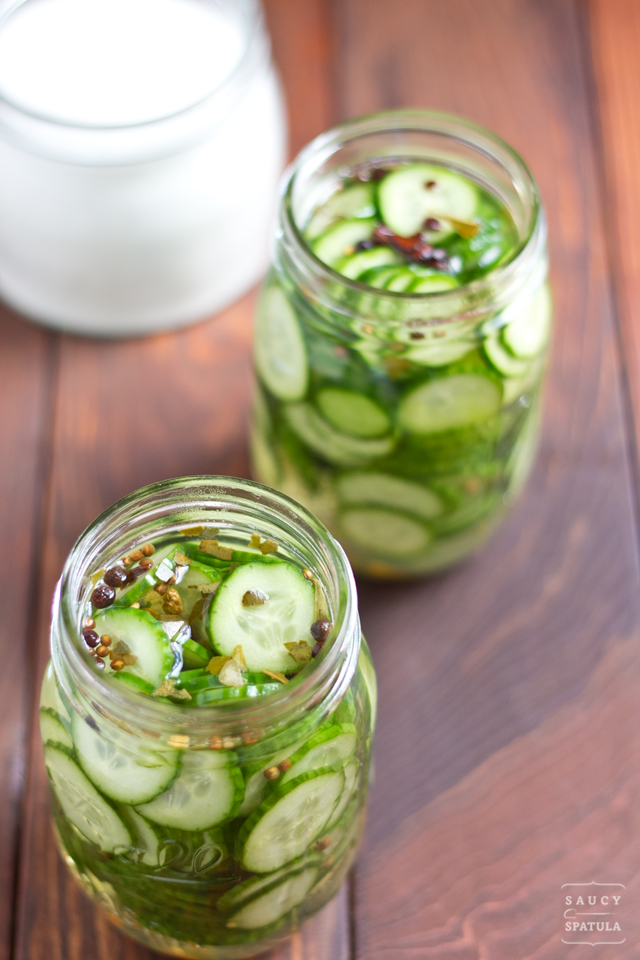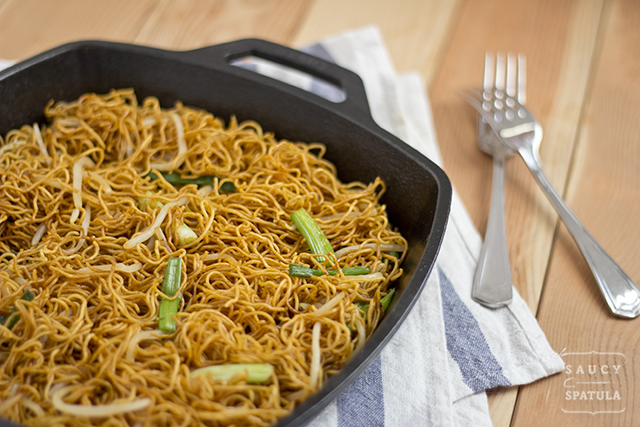Guys, I've saved the best for last. Entering the Cantonese-inspired sliders series: Hoisin Pork Belly Sliders. If you've had pork belly before, you know exactly what these sliders are all about.
Growing up, I was always watching my Grandpa cooking his favorite pork belly dish, and it's the kind of rich and flavorful food that the Hakkas love. And the smell of that dish is so unique and rustic, it'd always makes me feel like home and back at my grandparents. Now, this pork belly is not like his pork belly (I'm sorry)... HOWEVER, I am planning on making that dish in the near future!
Anyway, if you're not a fan of pork belly, it's not the end of the world. Check out the other three set of sliders from this series. Links are at the end of this post!
What do you think? The pork belly turned out pretty good? The color of the pickled red cabbage makes these sliders so vibrant and appetizing. I used the same homemade pickles recipe for this pickled red cabbage. The crunchy texture and the vinegar goes really well with the savory pork.
HELLOOOO! PORK BELLY! Look how the hoisin sauce sticks to the pork like a glaze. A little burnt? Perfect.
I didn't make the hoisin sauce from scratch this time but do you know what actually goes into this well-known sauce? It's so widely used in Chinese cooking, and quite essential in Cantonese/Hong Kong cuisine. And it's also that black sauce you pour ALL OVER your phò. So just in case you're wondering, here are the common ingredients to make a killer hoisin sauce: dark brown sugar, black bean sauce/paste, soy sauce, honey, rice vinegar, five-spice powder, and tiny bit of sesame oil. Want a little kick? Throw in some good ol' Sriracha too.
Hey, Martins, you're looking just as fabulous! So soft and fluffy like tiny pillows!
BAM. Get your hands on some hoisin pork belly sliders!
Alright peeps. That's a wrap on the Cantonese-inspired sliders series. Hope you've enjoyed reading them. I sure had a great time coming up with the recipes and getting busy in the kitchen. Now, go make some sliders!
Cantonese-inspired sliders, checked! What's next?
Check out the other three Cantonese-inspired sliders:
Sweet and Sour Chicken Sliders
Black Pepper Beef Sliders
Char Siu Tofu Sliders
Soy-glazed Black Pepper Chicken
Prep time: 8 hrs Cook time: 25 mins Total time: 8 hrs 25 mins
Serves: 6 sliders
You'll need:
- 6 Martin’s "sliced potato rolls"
- 1 lb pork belly
- some homemade pickled red cabbage
- 1 tbsp sesame seeds
Marinate:
- 6 tbsp Hoisin sauce
- 4 tbsp Soy sauce
- 2 tsp Saracha
- 2 tsp Black vinegar
- 1 tsp Sesame oil
- 2 tsp salt
- 6 stalks of Scallion
Approach:
- Cut scallion into 2" pieces, and discard the white end parts.
- In a large mixing bowl, combine marinate ingredient and mix well. Mix in the strips of pork belly and let it marinate overnight. Give it a stir every few hours or so.
- 15 minutes before you’re ready to cook. Take out pork belly from the fridge and let it return to room temperature.
- Using a sauté pan or a skillet on medium heat, sear each side of the pork belly for 2 minutes then turn the heat down to simmer. Pour the rest of the marinate into the pan, stir in with pork belly. Cover with lid, and cook for another 20 minutes.
- Remove pork belly from the pan, let it rest on the cutting board for a few minutes.
- Toast 6 buns in the toaster oven (butter lightly if you like).
- Slice pork belly diagonally.
- To assemble, lay pork belly on a bun, sprinkle some sesame seeds, and top with pickled red cabbage.
- Serve immediately.
Approach:
Pork belly for this recipe should be ½" to ¾" thick.
























































































































